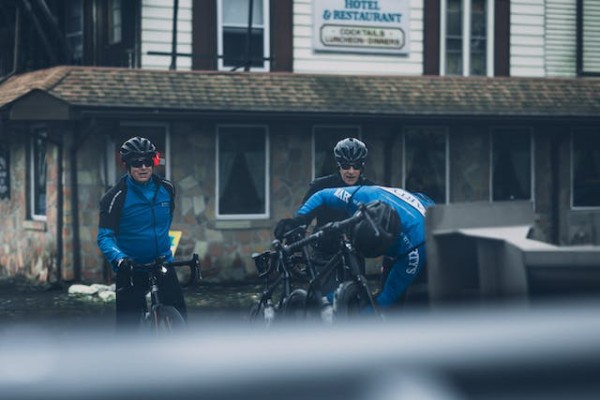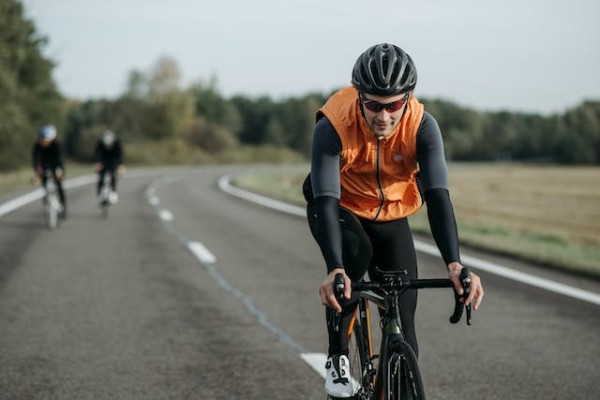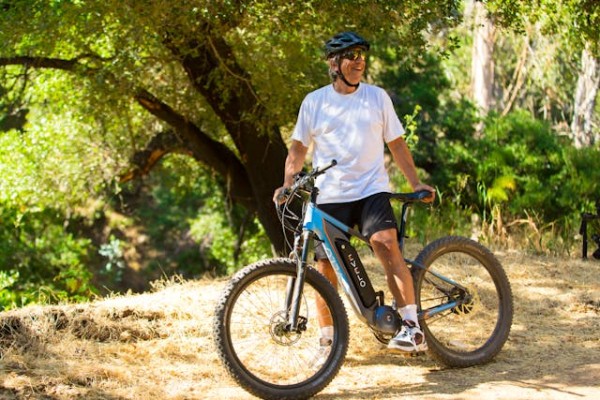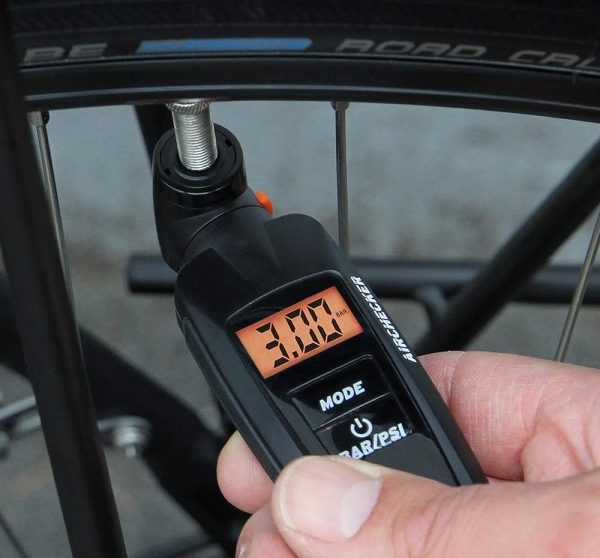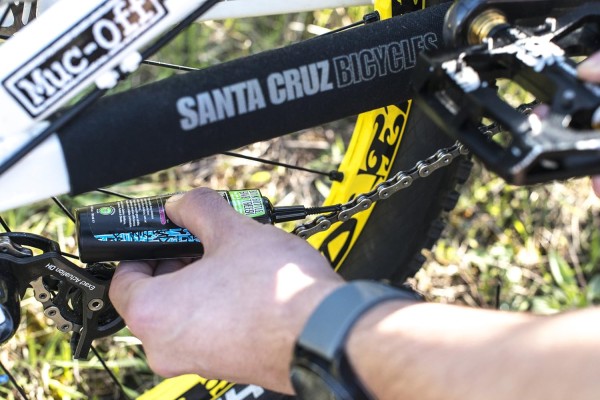You may be thinking, ‘Why bother test riding a bike before buying it? Can’t I just rely on reviews and specifications?’ While those resources can provide valuable information, nothing beats the experience of actually getting on a bike and feeling how it is handled.
We will walk you through the steps of test riding a bike, from preparing for the ride to evaluating its fit and performance. By the end, you’ll have the knowledge and confidence to make an informed decision.
1. Importance of Test Riding
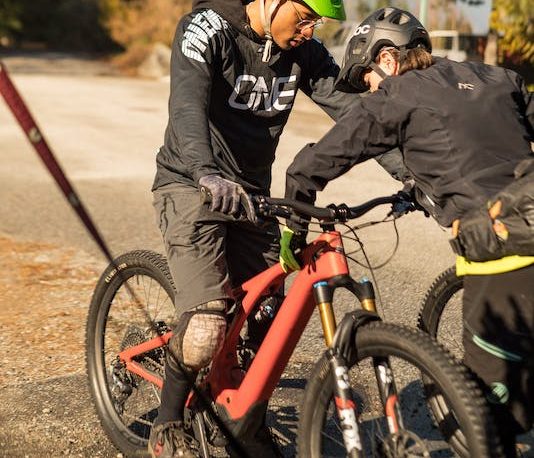
Test riding allows you to experience firsthand how the bike handles, accelerates, and brakes. It allows you to check if the gears shift smoothly and if the brakes are responsive.
Testing a bike also allows you to evaluate its comfort level, considering factors such as the saddle, handlebars, and overall riding position. By test riding, you can determine if the bike fits your body proportions, ensuring that you can maintain a comfortable and efficient riding posture. Moreover, test riding helps you evaluate if the bike meets your specific cycling goals, whether it’s for commuting, touring, or racing.
2. Preparing for the Test Ride
To ensure a successful test ride, it’s essential to properly prepare yourself and the bike for optimal performance evaluation.
- Familiarize yourself with the bike’s components, such as the gears, brakes, and suspension.
- Check the tire pressure and ensure they’re inflated to the recommended level.
- Inspect the bike for any visible damage, loose bolts, or misaligned parts.
- Adjust the saddle height and position to suit your comfort.
- Take a moment to understand the bike’s weight distribution and balance.
Finally, warm up by pedaling around gently to get a feel for the bike’s handling and responsiveness.
3. Evaluating Bike Fit and Comfort
Evaluate the fit and comfort of the bike by considering key factors such as frame size, handlebar position, and saddle height. Start by ensuring that the frame size is appropriate for your height and leg length. A frame that’s too small or too large can lead to discomfort and inefficient pedaling.
Next, check the handlebar position. It should be at a height that allows for a relaxed and natural riding posture, with your arms slightly bent and your back straight. Lastly, adjust the saddle height. Your legs should have a slight bend at the bottom of the pedal stroke, but not be fully extended. Experiment with different settings to find the most comfortable position.
4. Checking Bike Performance and Handling
Now that you have ensured a proper bike fit and are comfortable on the bike, it’s time to assess the bike’s performance and handling. When testing a bike’s performance, pay attention to how it accelerates and maintains speed. Does it respond quickly when you pedal hard? Is it easy to maintain a steady pace?
Additionally, observe how the bike handles corners and turns. Does it feel stable and predictable, or does it wobble or feel unsteady? Assess the responsiveness of the bike’s steering – does it steer smoothly and accurately, or does it feel sluggish or twitchy? Take note of how the bike handles different road surfaces and terrain. Does it absorb bumps and vibrations well, or do you feel every little imperfection in the road?
5. Making an Informed Decision
When making an informed decision about which bike to purchase, thoroughly evaluate its performance and handling to ensure it meets your specific needs and expectations. Pay close attention to how the bike accelerates, brakes, and corners. Test its responsiveness by performing quick maneuvers and see how it handles different terrains.
Consider the bike’s stability and comfort, especially if you plan on riding for long periods. Assess the bike’s overall build quality, including the frame, components, and accessories, to ensure durability and reliability. Take note of any unusual noises or vibrations during the test ride, as these could indicate potential issues.
Frequently Asked Questions
What Types of Bike Accessories Should I Consider Purchasing Along With My New Bike?
When considering what types of bike accessories to purchase along with your new bike, there are a few key items to keep in mind. First and foremost, investing in a high-quality helmet is essential for your safety on the road.
Additionally, consider purchasing a sturdy bike lock to protect your investment when leaving it unattended. Other accessories to consider include lights for visibility, a water bottle holder for hydration, and a comfortable saddle for long rides.
Are There Specific Techniques or Tips for Test Riding a Mountain Bike Compared to a Road Bike?
When it comes to test riding a mountain bike versus a road bike, there are a few key techniques and tips to keep in mind. Firstly, focus on the bike’s suspension and how it handles different terrains. Pay attention to the bike’s responsiveness, stability, and maneuverability. Additionally, test the bike’s gears, brakes, and overall comfort. Remember, a mountain bike may require more agility and control, while a road bike demands speed and efficiency.
Conclusion
Now that you know how to test-ride a bike before making a purchase, you can ensure that you’re making an informed decision. Remember, 70% of customers who test-ride a bike before buying it report feeling more confident and satisfied with their purchase. By evaluating bike fit, comfort, performance, and handling, you can find the perfect bike that meets your needs and enhances your cycling experience.
